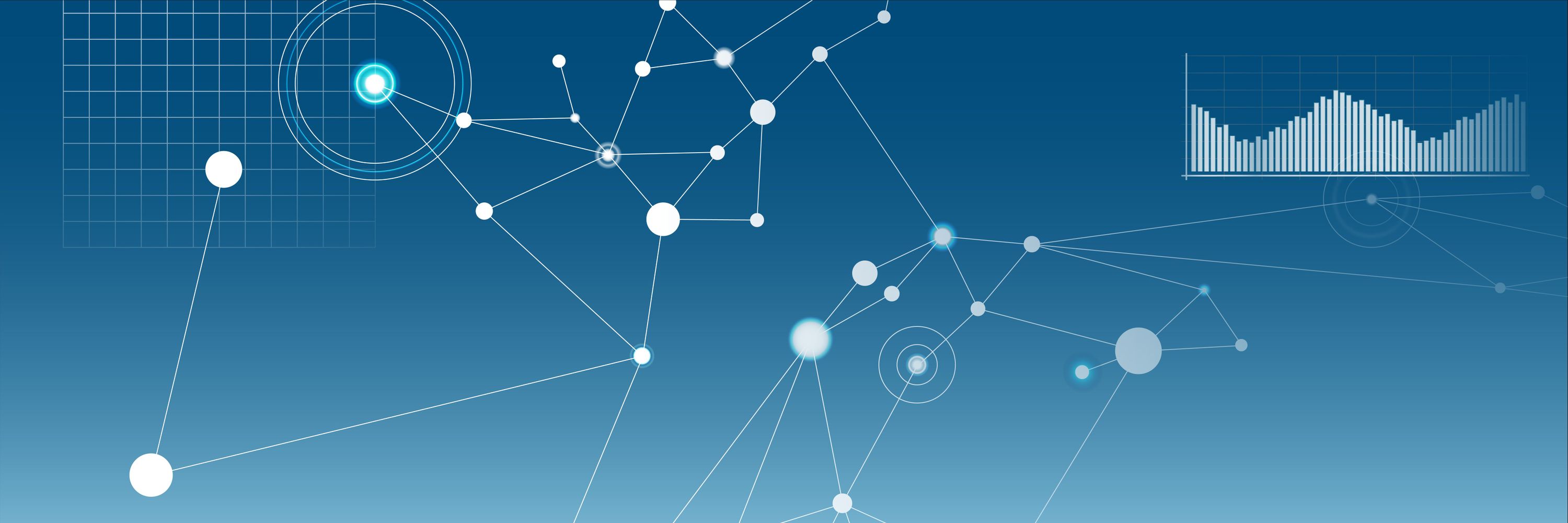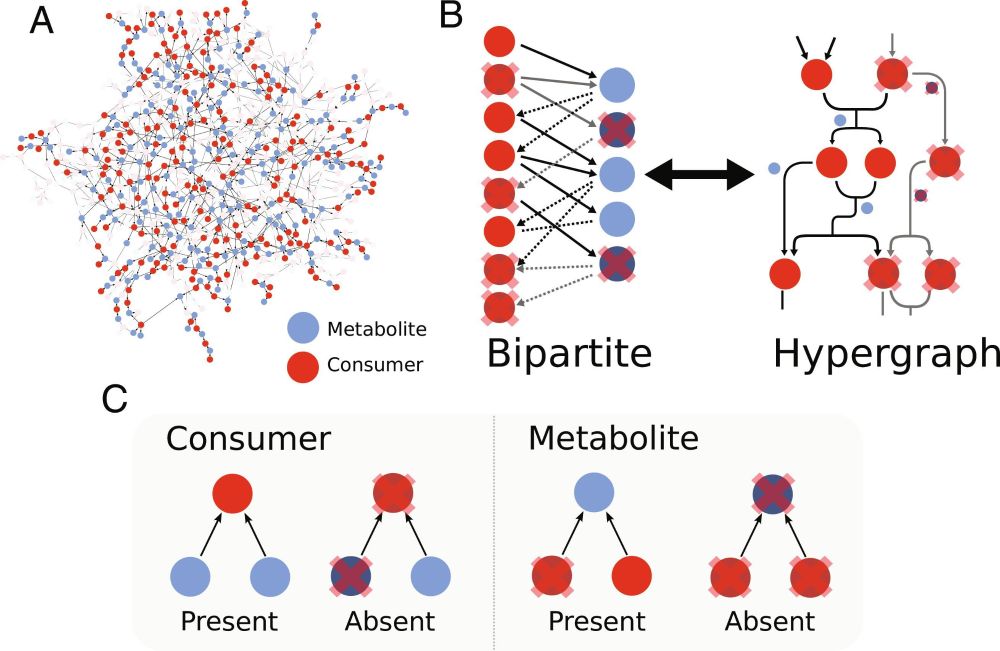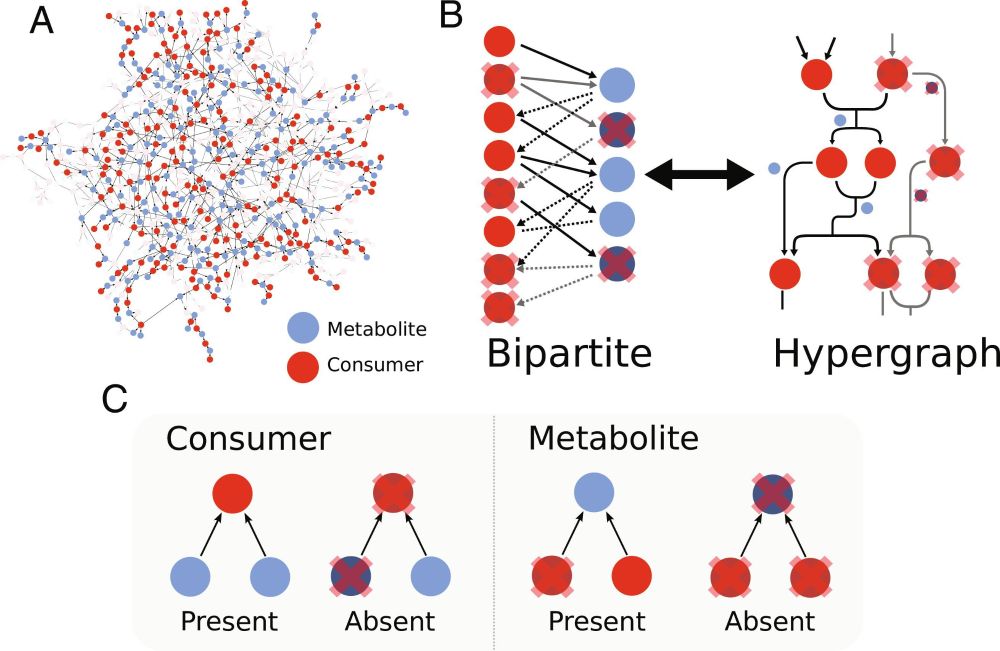BioND Lab
@biondlab.bsky.social
210 followers
460 following
78 posts
Account of the Biodiversity Theory Research Group at HIFMB (Oldenburg, Germany) @hifmb.bsky.social
All things Biodiversity, Networks & Data
More about us at: biond.org and https://hifmb.de/research/working-groups/biodiversity-theory/
Posts
Media
Videos
Starter Packs
Pinned
BioND Lab
@biondlab.bsky.social
· Dec 3
BioND Lab
@biondlab.bsky.social
· Sep 4
BioND Lab
@biondlab.bsky.social
· Sep 3
BioND Lab
@biondlab.bsky.social
· Sep 1
BioND Lab
@biondlab.bsky.social
· Aug 26
BioND Lab
@biondlab.bsky.social
· Aug 26
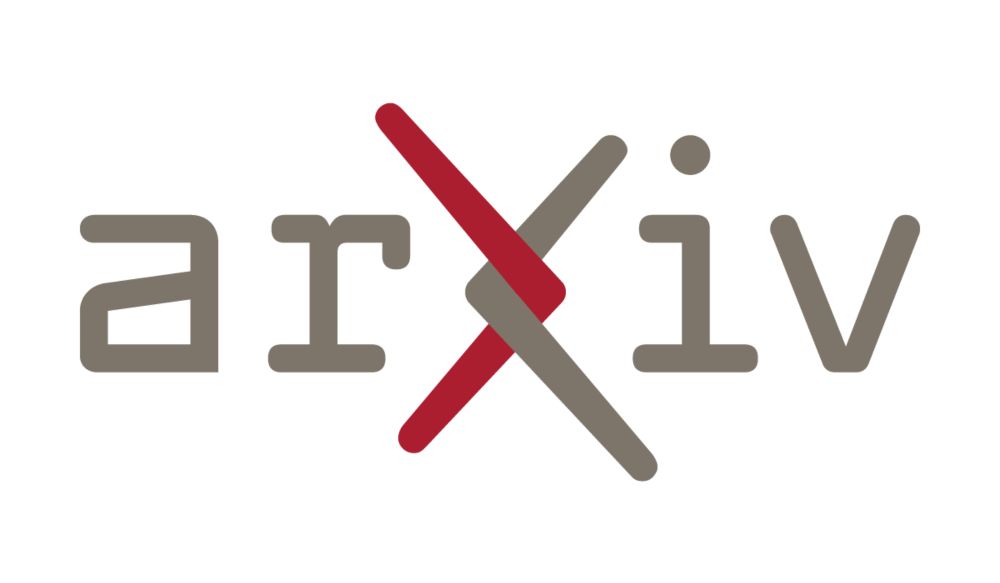
Diffusion-driven pattern formation in an opinion dynamical network model
The spatial organization of individuals and their interactions in communities are important factors known to preserve diversity in many complex systems. Inspired by metapopulation models from ecology,...
arxiv.org
BioND Lab
@biondlab.bsky.social
· Jun 8
BioND Lab
@biondlab.bsky.social
· Jun 8
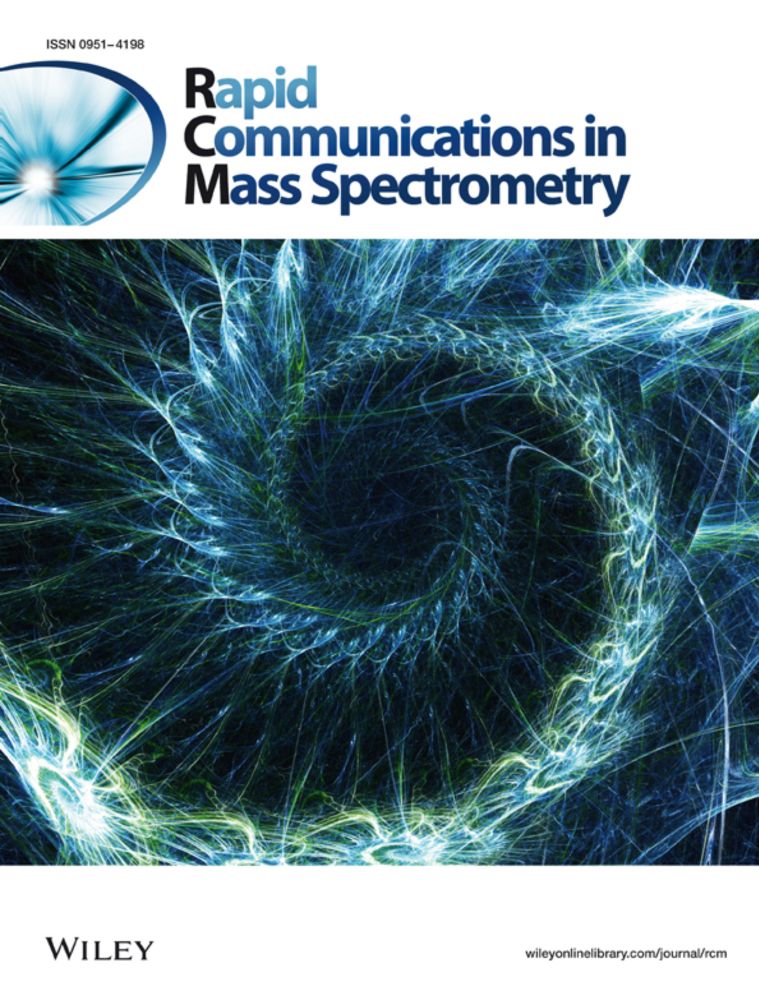
From Retention Time to Functional Group Assignment: A Chemical Database‐Driven Approach for High‐Resolution Mass Data of Marine Dissolved Organic Matter
Rationale The high chemodiversity of marine dissolved organic matter (DOM) has challenged identification of singular DOM components. To infer chemical structure features of DOM with accurately deter...
doi.org
BioND Lab
@biondlab.bsky.social
· Jun 8
BioND Lab
@biondlab.bsky.social
· Jun 8
BioND Lab
@biondlab.bsky.social
· Jun 5
BioND Lab
@biondlab.bsky.social
· Jun 4
BioND Lab
@biondlab.bsky.social
· Jun 4
Reposted by BioND Lab
